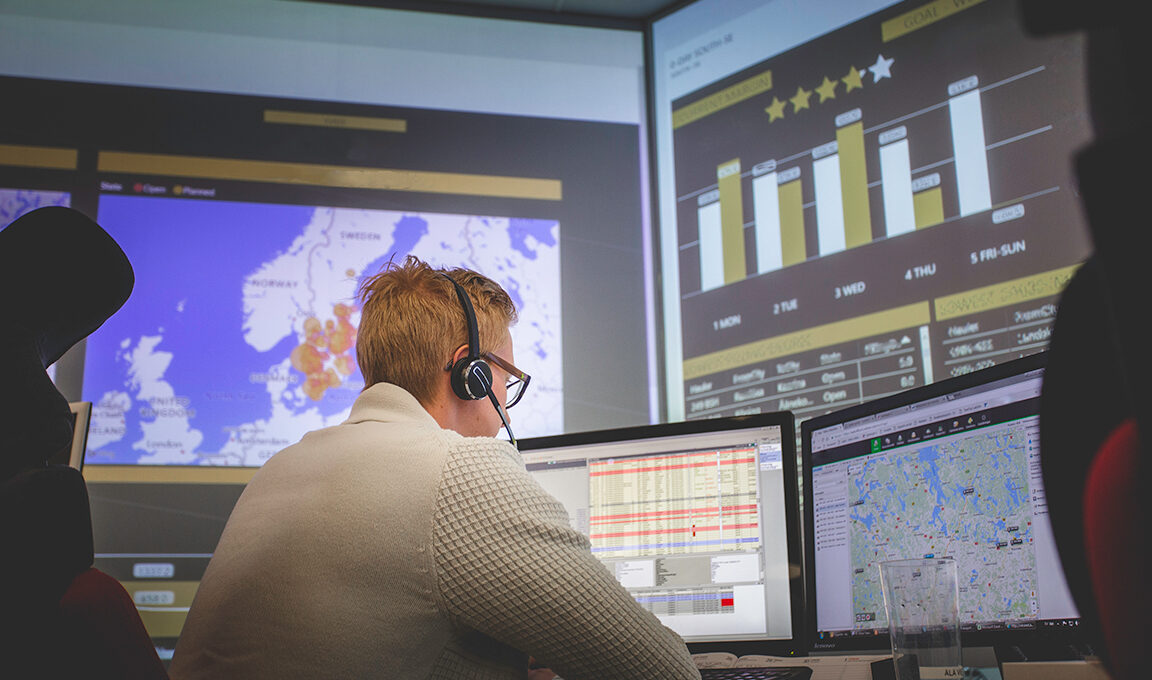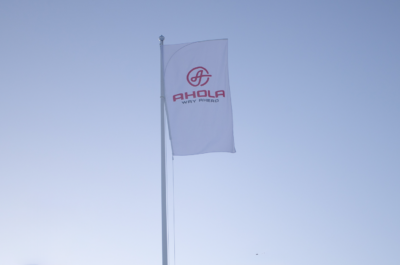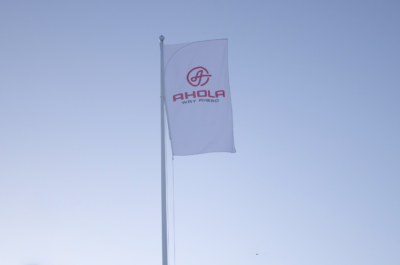Efficient transport planning benefits both the environment and the customer
12.11.2020
Efficient transport planning benefits both the environment and the customer
If you had to describe, in one word, the transport planning carried out at Ahola Transport, multitasking would be your word of choice. That at least is what Magnus Ahola, the company’s Product Manager, would use. Magnus worked in transport planning for several years before taking on his present duties.
At Ahola, transport planning consists of route planning and customer service. The customer service staff plan the loads and serve the customers, while route planners serve as the drivers own contact person and make sure the routes are carried out efficiently. The goal in both customer service and route planning is to deliver the cargo to the destination as efficiently as possible.
“Using our own ERP system, we can follow the progress, filling degree and profitability of each route in real time. For example, our transport planners can use the system to simulate several routes in advance and instantly identify the most efficient and sensible option,” says Magnus.
A high filling degree is a service to the environment
One of the principles that Ahola Transport follows in transport planning is the idea of combining light and heavy cargo in the same loads. This ensures a high filling degree of vehicles.
“A high filling degree means that we need fewer vehicles to transport the goods. Fewer vehicles on the road means less emissions,” Magnus explains.
Digitalization has helped make transports more efficient. This has also been the key to Ahola Transport’s successful and notable reduction of its greenhouse gas emissions in recent years.
Optimizing transports to raise efficiency
Ahola Transport is not bound to fixed routes. Instead, the routes are planned online according to actual customer needs and different transports are combined to ensure efficient operations. Some main line routes, which regularly follow the same trajectory, are an exception to this online planning.
“We have a few regular main line routes between Finland and Sweden, where the regular goods flows of two customers are combined into fixed routes. This helps us enhance the filling rate of vehicles as well as our own operations, since automation helps us plan end-to-end routes longer into the future.”
Digitalization continues to offer new opportunities
Digitalization is a common factor for all of these enhancement measures. In addition to an efficient, real-time ERP system, other digital tools, such as in-vehicle tablets linked to the ERP system and digital learning platforms, have also helped make transports more efficient.
“I expect that the logistics sector will see an increased adoption of digitalization in the future. I also believe that the sector will benefit from increasingly efficient solutions in the form of, for example, real-time information sharing throughout the logistics chain,” Magnus concludes.


